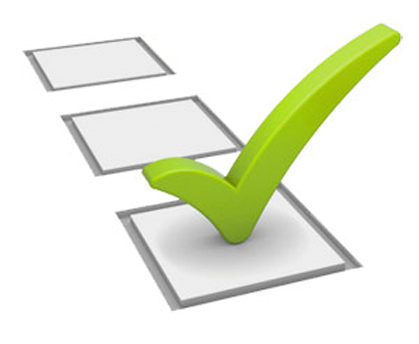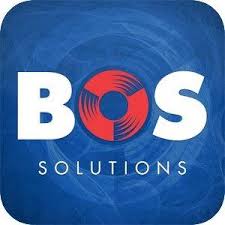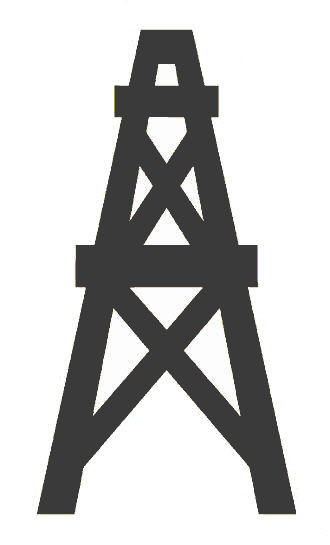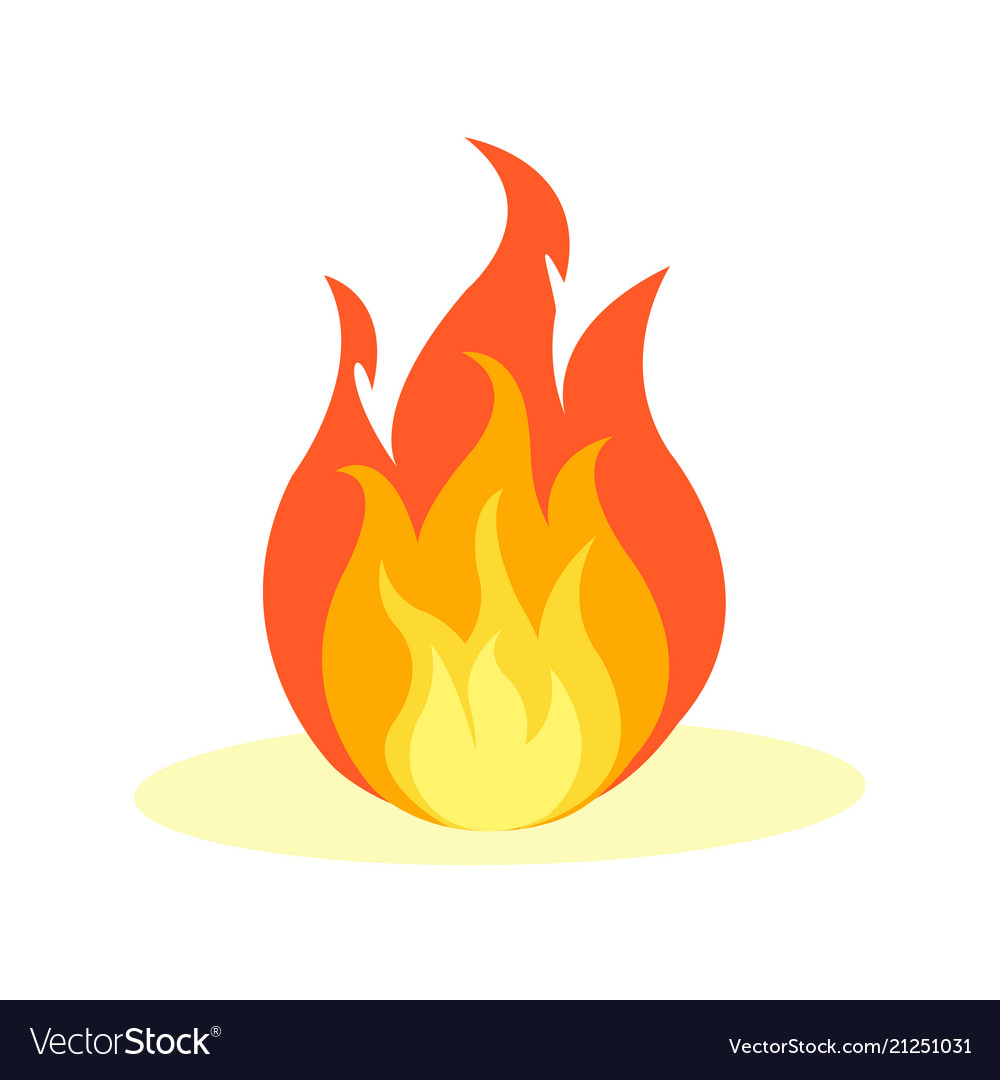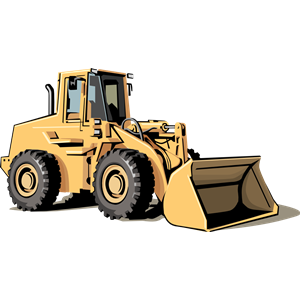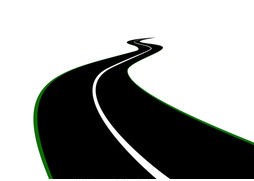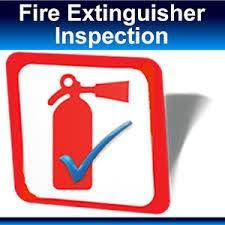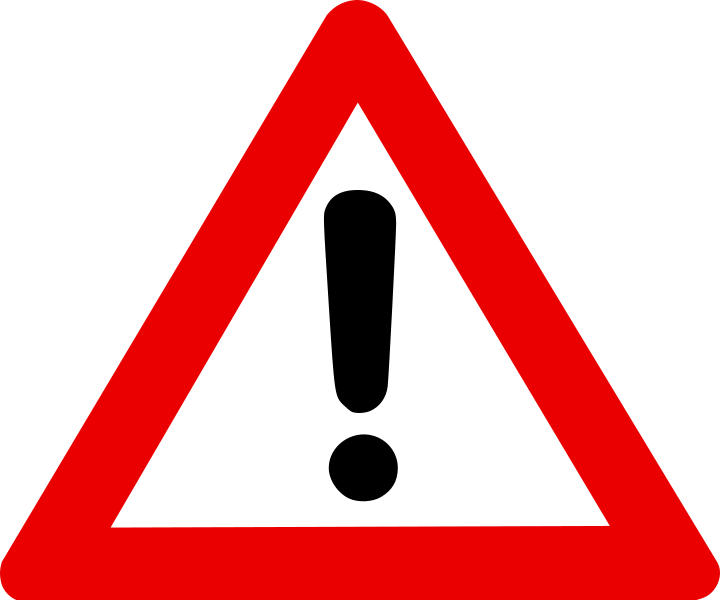Information
-
Client Name / Rig Name
-
District
- Midland
- North Dakota
- Appalachia
- Rio Vista
- Leduc
- Grand Prairie
-
Conducted on
-
Location
-
Overall Picture Of Site
HSE FIELD AUDIT
Section 1 - Technician
-
Did the Technician meet and greet with the Site Visitor HSE Briefing upon arrival?
-
Does the employee have a current and completed PJRA?
-
Does the Technician have a current and completed HSE site plan for the current site?
-
Was a Commissioning Audit Performed at the last rig up/rig move?
-
Can the Technician adequately describe their scope of work and are they performing any job functions beyond their Scope of Work?
-
Can the Technician adequately describe Stop Work Authority?
-
How many days in a row has the Technician worked?
-
Has the Technician maintained working under 18 hours straight (16 hours Canada) for this current shift?
-
Does the Technician have a current PPE Inspection, completed at the start of their hitch?
-
Is hard hat in a clean and sanitary condition and white with a BOS Logo?
-
Are safety glasses ANSI / CSA approved and being worn properly?
-
Are FRC/coveralls in good condition without tears or excessively dirty with grease or invert?
-
Are safety toed boots in good condition?
-
Does the Technician have impact gloves and other gloves that are adequate for the work tasks?
-
Are respirators in a clean and sanitary condition, properly stored with cartridges detached when not in use?
-
Are cartridges marked with the End-of-Life date if package is opened?
-
Does the Technician have hearing protection readily available when asked to show?
-
Does the Technician have proper fall protection equipment, harness, SRL, with a carabiner?
-
Is body harnesses and SRL in good shape, and properly cleaned and stored?
-
Is the H2S monitor in good working condition and being worn properly?
-
Can the Technician adequately explain the proper and safe way of rigging up and down when it comes to using their personal fall protection?
-
Is a LOTO kit available with green numbered locks and tags with the Technician’s name on them?
-
Are electronic or hard copy SOP's readily available?
-
Are SDSs and a Chemical Inventory List current and readily available on site?
-
Are hot work, confined space, and LOTO Permits readily available and can the Technician access them?
-
Does the Technician consider tanks and cells confined spaces?
-
Does the Technician have a readily accessible emergency spill kit?
-
Does the Technician understand what a near loss is, and have all near losses and injuries been reported?
-
Does the Technician know the PASS method when using a fire extinguisher?
-
Does the Technician have all current certification cards to include First Aid/CPR, Heavy Equipment, SafelandUSA, H2S Awareness and Respirator Fit Test or equivalent for the Country of Work?
-
Have all Annual Competencies been completed for this technician (LOTO, Heavy Equipment, (BOS Driver Evaluation)?
-
Are SSE's properly identified by identifiable markings on both sides of the hard hat?
-
Are SSE's with a mentor?
-
Discuss with the Technician the need to find real potential hazards when filling out HazID's vs. non realistic scenarios.
-
Is the technician comfortable with taking concerns to the company man on location?
-
Are adequate retorts being burnt on each tower? (2 per tower on OBM unless specified by client)
-
Is the information from the retort analysis being relayed to the field tech and does the field tech understand the analysis?
-
Coach field tech on retort analysis and settings optimization.
Section 2 - Common Observations for all Levels
-
Are there containers that have no lids that could cause potential waste from rain?
-
Are there any noticeable spills or leaks including pumps and centrifuges?
-
Are chemicals in secondary containers properly labeled?
-
Are camlocks properly secured with pins and tape/Velcro/zip tie?
-
Are open ended pipes, connections, valves capped or plugged?
-
Are walkways clean, clear and free of slip/trip/fall hazards?
-
Are hoses in good operational condition?
Section 3 - Ground Level
-
Are all stand pins in place and secure with locking pins closed properly?
-
Are high noise areas properly labeled / identified?
-
Are there any holes or tears in containment that would need to be addressed with customer?
-
Are information and hazard signs visible?
-
Are fire extinguishers properly placed - Max of 50 ft distance between fire extinguisher?
-
Are fire extinguishers properly inspected and tagged?
-
Does equipment have certified lifting point on it?
-
Are lifting straps properly marked with load limits?
-
Are lifting straps inspected?
-
Are barricades set up and used during heavy equipment operations when required?
-
Are all cords in good condition, labeled and properly inspected with snug and secure connections with no exposed wiring and rigged with a drip loop?
-
Are extension cord plugs adequate for Class I Div II environments?
-
Are circuit breaker boxes properly covered - with no empty spaces and all breakers/switches/controls in good working condition/servicable?
-
Is the outlet in the electrical cabinet properly covered?
-
Are all master switch connector rods in place on all power pannels and VFDs?
-
Is equipment run at optimal settings to achieve customers KPIs?
-
Coach Tech on Optimal Settings
-
Does the field tech understand why the equipment is being run at those settings and how to adjust settings to optimize?
-
Coach Tech on Optimal Settings
-
Is grounding wire in keeping with the BOS SOP?
-
Are handles on all hand-tools in good condition?
-
Are tools, equipment and spare parts properly stored and in adequate condition?
-
Are BOS Tank signs and labels legible?
-
Are all belt guards properly fastened on pumps?
-
Is interior of genset/pumphouse free of oil/invert and/or dirt?
-
Does the overall appearance of the backyard display good order and housekeeping?
Section 4 - Floor Level
-
Are hand rails clean, in good condition and properly installed and seated with all bolts and brackets in place?
-
Are holes greater than 1 inch within walkways properly covered to eliminate tripping hazards?
-
Are the slides hung properly and securely to prevent cuttings from dropping anywhere outside of the shale bin?
-
Are there proper and secure anchor points on the BOS tank?
Section 5 - Centrifuge Stand Level
-
Are overhead lights double secured?
-
Are centrifuges pinned to stand?
-
Are areas under centrifuges guarded?
-
Has the centrifuge grating been upgraded/repaired per the new BOS requirements?
-
Add Picture of grating installed correctly
-
Enter Asset number of Centrifuge
-
Add detailed pictures of grating needing upgraded/repaired
-
Add Action Item to include the asset number, client and rig number to the District Shop Manager with a 90 day due date.
-
Are all feed tube bolts installed and tight on the centrifuge?
-
Are all guards and coffin lids properly secured and gaskets seated properly to prevent leaks?
-
Are all guards on pumps and centrifuges free from cracks at the corners and welds?
-
Are all fan shrouds intact and damage free?
-
When was the last Centrifuge Service? (Days and/or run hours since last service)
-
Was service documented via I-Auditor or Paper?
-
If documented via Paper, Why?
Section 6 - Additional Observations
-
Was the Technician observed using proper ergonomic techniques while working?
-
Is the BOS vehicle parked in the appropriate area?
-
Do living quarters display good order and housekeeping?
Additional Comments
-
Add Additional Comments and Pictures if Needed
Comment
-
Comment
-
Picture?
Signatures
-
Add Auditors
Auditor
-
Name of Auditor
-
Add Employees
Element
-
Name of Employee
